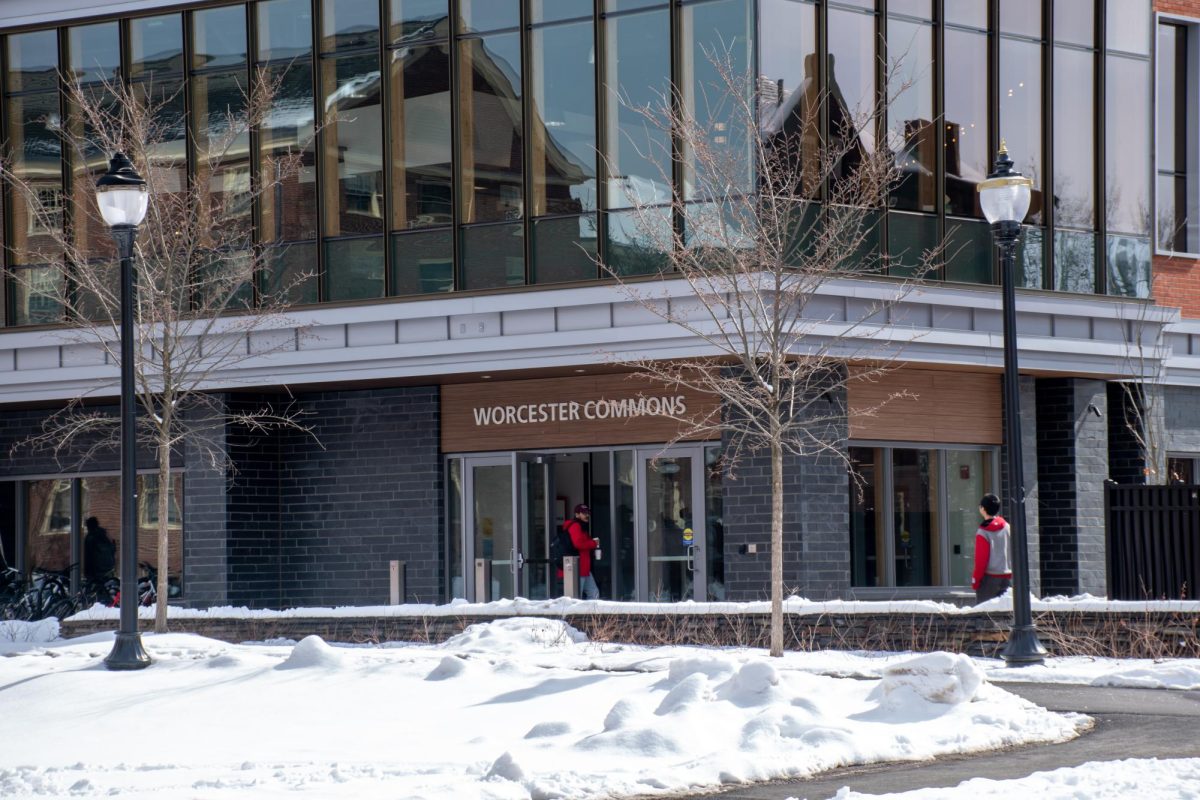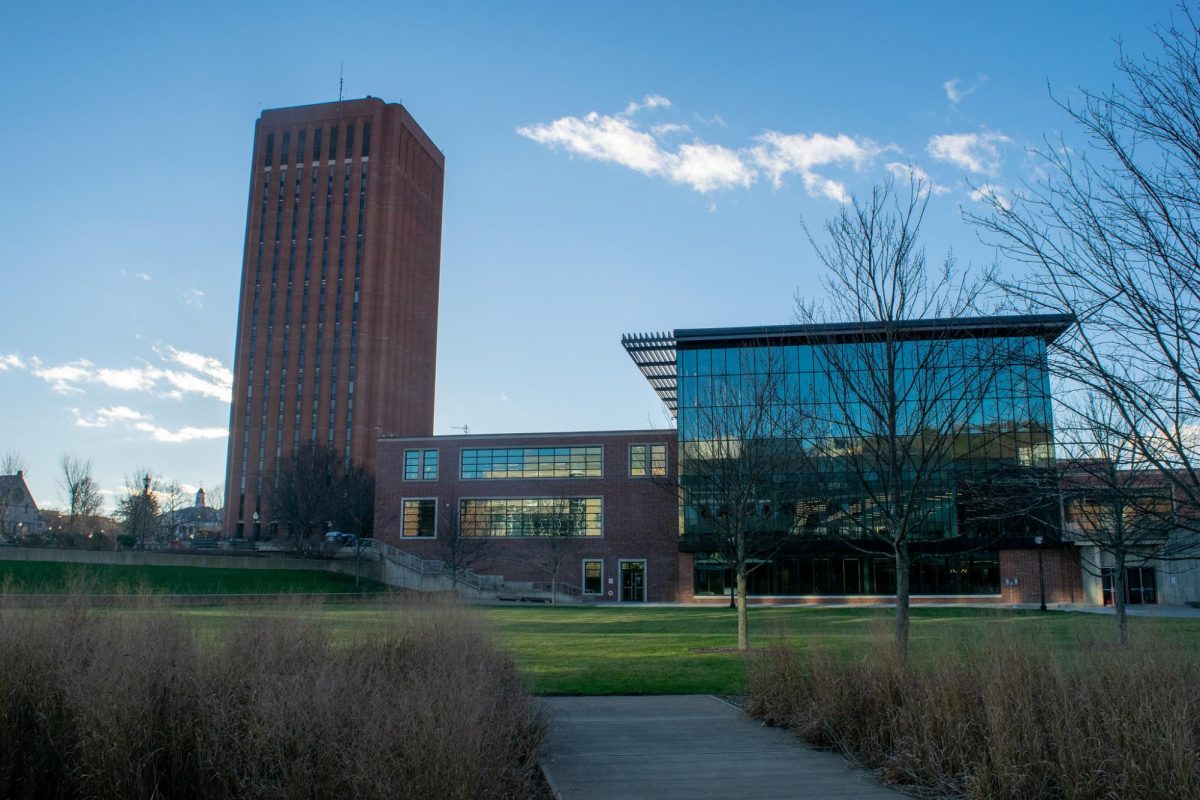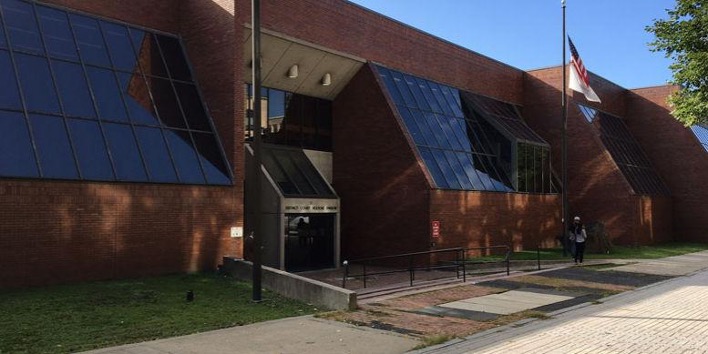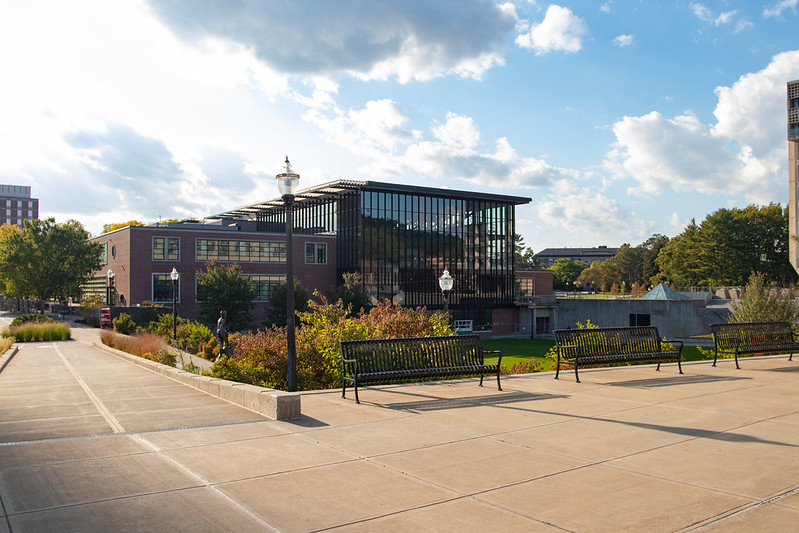
Robots may now play a role in some stroke patients’ recoveries, providing social contact, among other treatments, to help counter the nation’s shortage of specialized therapists and the financial obstacles associated with long-term treatment.
Such technology is being developed on the University of Massachusetts campus, as UMass researchers recently announced the successful test run of its humanoid robot, uBot-5, which delivers speech and physical therapy treatment to people recovering from a stroke.
Their research involved a study focusing on a 72-year-old male stroke patient. The study observed his interactions with the robot as it delivered word-retrieval games and arm movement tasks, according to a University release.
“Stroke rehabilitation is such a monumental financial problem everywhere in the world … A personal robot could save billions of dollars in elder care while letting people stay in their own homes and communities,” said Rod Grupen, the director of Laboratory for Perceptual Robotics at UMass, in the release. “We’re hoping for a win-win where our elders live better, more independent and productive lives and our overtaxed healthcare resources are used more effectively.”
Over the course of the 15-week experiment, the patient, who had aphasia and physical disability on one side of his body, made gains in upper arm movements as well as in verbal expression, the release said.
Their findings were described in the most recent issue of the journal “Aphasiology,” the release added.
Ongoing tests are being conducted in the Lederle Graduate Research Center via the Laboratory for Perceptual Robotics.
“We’re a robotics group, we just want to use (the robot) in a rehab setting,” said Ph.D [MNU1] computer science student Hee Tae Jung. Jung has been working on the project for about four years.
The study of rehabilitation using robots started with Grupen and speech language pathologist and UMass communications disorder assistant professor Yu-Kyong Choe in 2008. Choe has mostly worked with stroke patients in order to develop a speech computer program to use for rehabilitation therapy.
“I came here, I met Rob Grupen in computer science, and he developed a robot … to have some health care application,” she said.
Choe combined her speech therapy computer program with Grupen’s robot to create a machine capable of facilitating physical and speech therapies.
In such dual therapy sessions, uBot-5 and the stroke patient sit across from each other. The robot points to letters and the patient, working to improve upon either speech dysfunction and/or arm dysfunction, holds his or her hands together to write the word the robot has requested.
“We try to combine as many things as possible in one task,” Choe said.
The therapist runs the robot through a video screen, using a movement detection system similar to Xbox Kinect, which instructs the child-size uBot-5 to mimic the movements of its controller. However, the robot’s independent movements are somewhat limited, and the commands preprogrammed into it are not extensive. This issue has resulted in interruptions in the robot’s functions during testing, according to Jung.
After the tests have been completed the therapists do a measure of quality of life in the patient to see if any improvements have been made.
According to Jung, for each single subject case study the observers spend up to five weeks with the patient and average about three sessions weekly. Patients are given a five week-long break to prevent any carryover effect before returning to another five weeks of testing. The process lasts approximately three months, and so far, only two volunteers have been observed this year.
“In addition to improving quality of life, if we can support a client in the home so they can delay institutionalization, we can improve outcomes and make a huge impact on the cost of elder care,” said Grupen in the release.
The testing and studies with uBot-5 are still ongoing within the Laboratory for Perceptual Robotics, now in its second year of a $109,251 grant from the American Heart Association.
Paul Bagnall can be reached at [email protected].


















